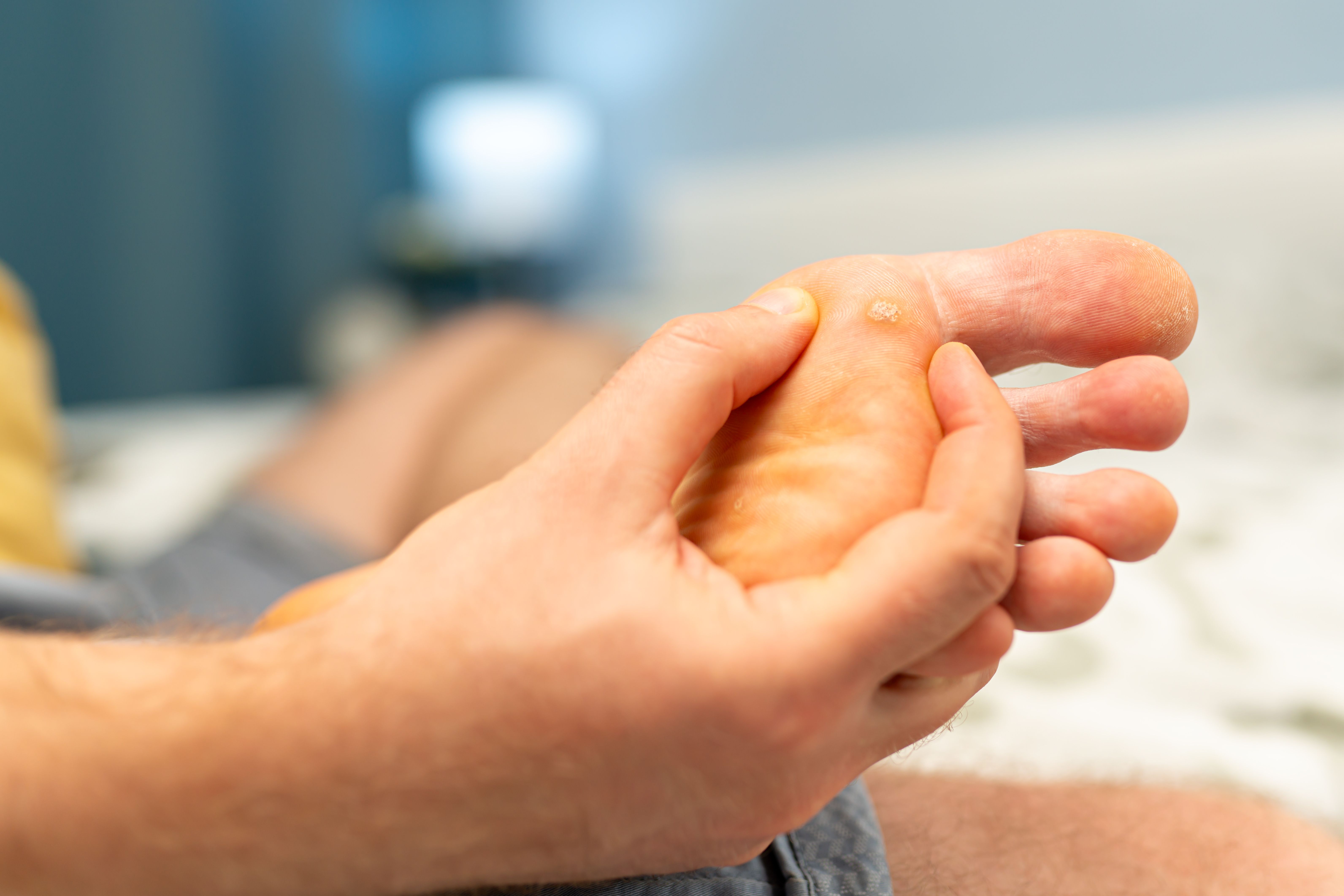- General Dermatology
- Eczema
- Chronic Hand Eczema
- Alopecia
- Aesthetics
- Vitiligo
- COVID-19
- Actinic Keratosis
- Precision Medicine and Biologics
- Rare Disease
- Wound Care
- Rosacea
- Psoriasis
- Psoriatic Arthritis
- Atopic Dermatitis
- Melasma
- NP and PA
- Skin Cancer
- Hidradenitis Suppurativa
- Drug Watch
- Pigmentary Disorders
- Acne
- Pediatric Dermatology
- Practice Management
- Prurigo Nodularis
Article
Dermatology Treatment in Pediatrics: 3 Key Takeaways
Author(s):
From the obligation to report suspected child abuse to genetic markers for atopic dermatitis, Jim Treat, MD, shared top issues in pediatric dermatology.
What are the key issues facing pediatric dermatology? In an exclusive interview at Maui Derm Hawaii 2023, Dermatology Times® spoke with Jim Treat, MD, about the highlights from his presentation, “Pediatric Dermatology 2023”. Treat is professor of clinical pediatrics at Children’s Hospital of Philadelphia and Perelman School of Medicine at the University of Pennsylvania.
1. Screen for child abuse.
This is the most important takeaway. Bruises are a common way that child abuse can present, before presenting signs of a larger injury. They can be what's called a sentinel injury—if you see bruises in the skin. If children are not walking, cruising, or getting around on their own, bruises [can be] more of a marker of child abuse. It's not always child abuse, but it needs to be evaluated to make sure that it's not child abuse.
2. Avoid excessive laboratory monitoring.
Kids really don’t like labs, and they are often also tough sticks. There was a nice Delphi study that looked at consensus guidelines for treating someone with isotretinoin. They noted that you only need to check labs at baseline and then at peak dose. The guidelines recommended the 2 labs that are actually the most important are alanine aminotransferase (alts) and triglycerides, and that only in special circumstances are other labs necessary.
3. Dig deeper when you see severe forms of atopic dermatitis.
Patients with really severe atopic dermatitis, often have multiple types of infections.In addition, there are a lot of genetic disorders that can present that way. For instance, there is a gain-of-function mutation in stat6. This newly described genetic mutation essentially increases signaling through the Janus kinase inhibitor (JAK) stat pathway, causing cause atopic dermatitis and a decrease to 17 cell maturation. When seeing children who have very severe atopic dermatitis, think about sending them over to immunology to detect any rarities in their deficiencies.
Reference
1. Treat J. Pediatric Dermatology 2023; Presented at Maui Derm Hawaii 2023; January 23-27, 2023; Maui, Hawaii.
Jim Treat, MD, assistant professor of pediatrics and dermatology at the Perelman School of Medicine at the University of Pennsylvania






